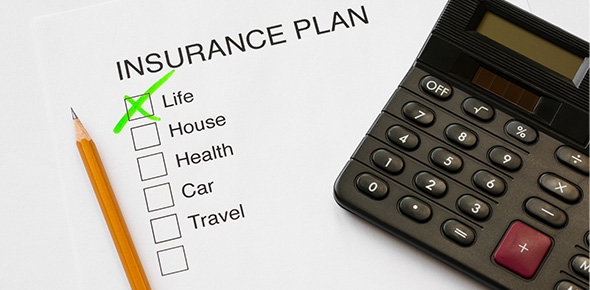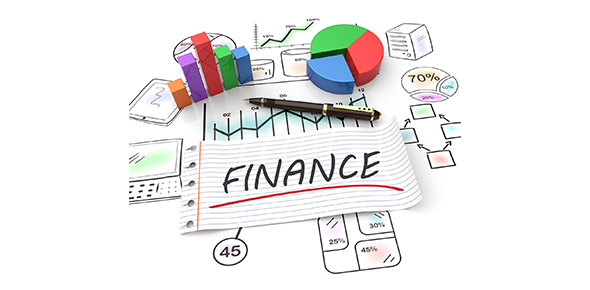Related Flashcards
Related Topics
Cards In This Set
| Front | Back |
|
Explain double entry rules
|
The left side of any account is the debit side; the right side is the credit side.
All asset and expense accounts are increased on the left or debit side and decreased on the right or credit side. Conversely, all liability and revenue accounts are increased on the right or credit side and decreased on the left or debit side. Shareholders’ equity accounts, Common Shares, and Retained Earnings are increased on the credit side, whereas Dividends is increased on the debit side. |
|
Identify the steps in the accounting cycle
|
the steps in the accounting cycle are (1) identification and measurement of transactions and other events, (2) journalizing, (3) posting,(4) the unadjusted trial balance,(5) adjustments,(6) the adjusted trial balance(7) statement preparation, and(8) closing
|
|
How do you prepare closing entries?
|
In the closing process, all of the revenue and expense account balances (income statement items) are transferred to a clearing account called Income Summary, which is used only at the end of the fiscal year. Revenues and expenses are matched in the Income Summary account. The net result of this matching, which represents the net income or net loss for the period, is then transferred to a shareholders’ equity account (retained earnings for a corporation and capital accounts for proprietorships and partnerships).
|
|
Explain the reasons for preparing adjusting entries
|
Adjustments achieve a proper matching of revenues and expenses, which is necessary in order to determine the correct net income for the current period and to achieve an accurate statement of the end-of-the-period balances in assets, liabilities, and owners’ equity accounts
|
|
For the following accounts, what are the differences between the trial balance before closing and the trial balance after closing?
(a) Accounts Receivable (b) Expense accounts (c) Income accounts (d) Retained Earnings (e) Bank Advances |
A) no change
b) before closing balance exists after closed out, no balance c) before closing balance exists after closed out, no balance d) before closing a balance exists, after closing the balance will be adjusted to reflect income / loss e) no change |
|
Calculate Cost of Goods Sold
|
COGS = beginning inventory + purchases - ending inventory.
must also take into account: purchase returns etc, |








